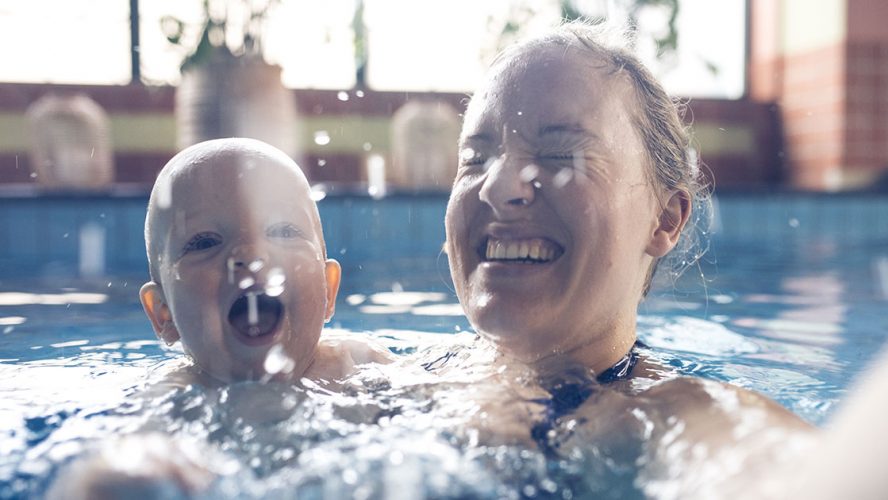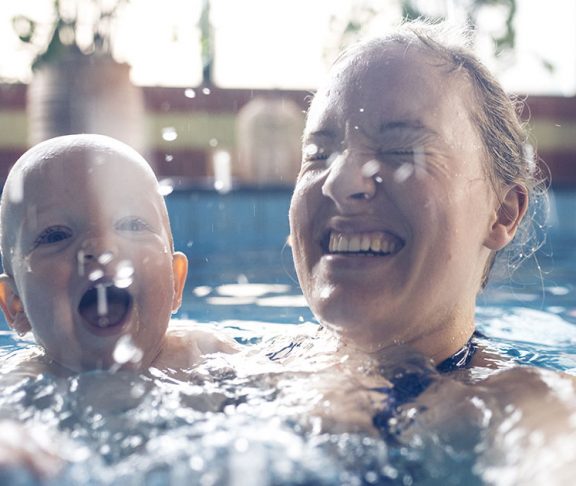Whether your ideal summer swim involves a backyard pool, local lake or trip to the beach, it’s hard to imagine a steamy July afternoon without a cool and refreshing dip somewhere.
However, when people venture near or into the water unprepared, accidents can happen, and the Centers for Disease Control and Prevention says an average of 10 people die each day in the United States from drowning. It is the leading cause of unintentional injury death for children who are 1 to 4 years old and the second leading cause for ages 4 to 14.
Of course, there are many things individuals can do to reduce drowning risk, including one strategy that may sound pretty obvious: learning how to swim.
Knowledge is power
“Teaching children how to be safe around water is one of the most important life skills parents can give their kids,” says Lindsay Mondick, senior manager of aquatics at the YMCA of the USA. “It saves lives, provides an outlet for healthy living and builds confidence.”
Adults can benefit from swim lessons, too. A 2014 Red Cross survey found that while only 56 percent of Americans could perform basic swimming skills, 86 percent claimed to know how to swim. Just learning strokes isn’t enough, however, because drowning is complex; avoiding it requires survival skills, an understanding of water safety and water confidence.
Mondick says, “Drowning is multifaceted because it’s not just situation-based, but has to do with demands on a body as well as environmental conditions. No one is ever drown-proof.”
Recognize the signs
Beyond learning to swim, Mondick recommends the following: never leave a child unattended in or near the water, know how to perform CPR on adults and children, have the means to call 9-1-1 if necessary, know how to use pool safety equipment, and know how to respond if someone is struggling.
It’s important to learn how to recognize if someone is in trouble. “Drowning is not like ‘Baywatch.’ It’s often silent because the person can’t call out or wave for help. They may be upright in the water, but are not making forward progress.”
Don’t be a hero
Open water safety is more complex than pool safety, in part because of a changing environment, varying depths and lack of visibility. As a result, Peter Davis, president of the United States Lifesaving Association, recommends a high degree of caution at the beach. In addition to always swimming near a lifeguard, he says, “No swimmer — beginner, child, adult or even Olympic — should ever swim alone.”
He also cautions against trying to be a hero if you notice a fellow beachgoer struggling in the water. “There are many double and triple drownings each year that involve a would-be good Samaritan.” Instead of putting yourself in harm’s way, he says it’s best to extend a line or floatation device.

